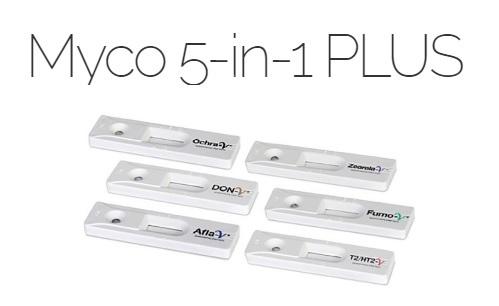
Mycotoxin analysis
Inmunoaffinity columns offer unmatched sensitivity and versatility

I would like to know the correct procedure for the analysis of tricothecene mycotoxins using ELISA specifically DON.
Dear Mr.Otieo Okumo, I think your question should be posted in another forum, anyway I can just reply that on the market there are many ELISA test kits for DON. All of them are competitive immunoassay, in which an Enzyme labelled DON (tracer) compete with DON for the antibody binding sites. Generally there is only one incubation (in which an amount of tracer binds to antibodies on the microwells) followed by a washing step and then the development phase, when a colour is soon visible. By a photometric microplate reader the analyst can measure the absorbance of calibration wells and sample wells. A few companies are also providing kits enough precise and reproducible that calibration well are not necessary, the calibration data of the lot are provided together with the kit. This kind of high precise ELISA kit is particularly convenient when the laboratory has to test 1 to 5 samples per run.
The sample preparation procedure is a simple methanol: water or water extraction, of course to be done of grinded grains. The liquid extract has to be filtered or centrifuged.
One relevant issue in DON testing is that ELISA results show higher concentrations than HPLC. The reason is that anti-DON antibodies recognize acetylated and glycosilated form of DON, parent compounds that are generally not measured by HPLC.
If you are interested in more informations please contact me: paleologo@tecnalab.com . We do provide kits but also training about sampling and correct use of screeining methods.


Myco 5-in-1 PLUS





